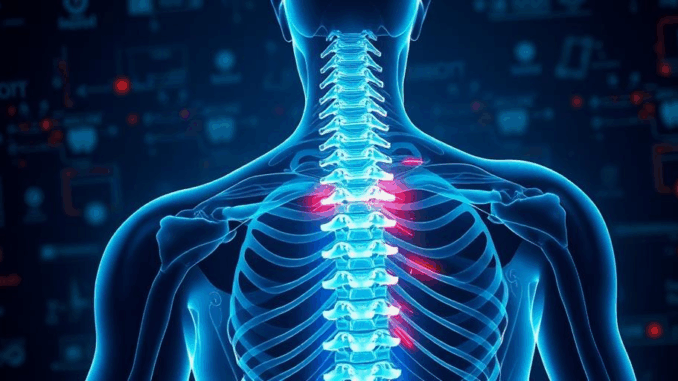
Summary
Spinal cord stimulation (SCS) offers new hope for individuals suffering from painful diabetic neuropathy (PDN). This innovative treatment utilizes an implanted device to disrupt pain signals, providing significant relief and improving quality of life. Studies show SCS is a safe and effective alternative to traditional pain management for PDN.
Safeguard patient information with TrueNASs self-healing data technology.
** Main Story**
A New Dawn for Diabetic Neuropathy Pain Management
Painful diabetic neuropathy, or PDN, it’s a real problem. A surprisingly large number of people with diabetes—we’re talking up to 25%—end up dealing with this. It’s basically nerve damage from prolonged high blood sugar, and that means chronic pain, numbness, tingling… you know, the works, mostly in the feet and legs. And honestly, traditional treatments? They often just don’t cut it. Medication and physical therapy can help, sure, but many patients are still left searching for something that actually works. That’s where spinal cord stimulation, or SCS, comes in. It’s showing real promise as a new option for managing PDN pain when other treatments have failed. And it offers hope to patients that might have started to give up looking for relief, frankly.
How SCS Actually Works
So, how does SCS work? Picture this: a small device, kind of like a pacemaker, gets implanted under your skin. It sends mild electrical pulses to your spinal cord, and these pulses disrupt the pain signals before they even reach the brain. Pretty cool, right? The sensation is often described as a gentle tingling, or like a massage, which masks the pain. And unlike a lot of pain meds, it doesn’t make you drowsy or fuzzy-headed, which, let’s be honest, is a huge plus.
SCS: Safe, Effective, and Lasting Pain Relief
Now, you might be wondering, does it really work? Well, several studies say yes. Take the SENZA-PDN study, for instance. It showed significant and, more importantly, durable pain relief in patients with PDN that wasn’t responding to other treatments. At six months, 76% of patients getting SCS reported a 50% or greater improvement in their pain! But here’s the kicker: this pain relief lasted for two years, with 90% of patients still experiencing at least a 50% reduction. Plus, a massive 65% reported feeling profound pain relief, meaning an 80% or greater reduction. I remember hearing about those results, and I was genuinely impressed; it seemed like something truly revolutionary was occurring.
Beyond just pain relief, the SENZA-PDN study also showed secondary benefits like improved sleep and neurological function. It highlights the holistic impact of SCS on patients’ lives. Really, its a massive improvement in well being.
The Tech Upgrade: High-Frequency Stimulation
Traditional SCS uses low-frequency stimulation. Sometimes, it can cause this uncomfortable tingling sensation called paresthesia. Not ideal. But! High-frequency (10 kHz) SCS is a newer, better version. It delivers pain relief without that tingling. The SENZA-PDN study used this 10 kHz SCS and got much better results than older low-frequency methods. Plus, it might even improve neurological function, which is something you don’t usually see with other treatments.
Is SCS Right for You?
Okay, so SCS sounds great, but it’s not a one-size-fits-all solution. If you’ve had persistent pain for a long time (we’re talking five years or more), haven’t found relief with other therapies, and your blood sugar is well-controlled, then you might be a good candidate. The key is to get a thorough evaluation by a pain specialist. They’ll be able to tell you if SCS is the right move for you, and it’s important to remember that its not a decision you want to take lightly.
A Brighter Future
Honestly, the future looks bright for PDN patients. As tech and research advance, SCS has the potential to totally change how we manage PDN pain. It provides significant, long-lasting pain relief, and it’s safe. It’s a great option for patients seeking a better quality of life.
More research is always a good thing, but the current evidence strongly supports 10 kHz SCS as a real treatment for PDN that hasn’t responded to anything else. As more people learn about this technology, the future looks better than ever for those struggling with diabetic neuropathy pain. And that’s something worth celebrating. One more thing, as of today, April 22, 2025, the information I’ve provided is current. But, because medical research is always evolving, new findings could change treatment strategies. Keep that in mind.


The SENZA-PDN study’s results are impressive, particularly the sustained pain relief after two years. What are the long-term maintenance requirements for the implanted device, and how does battery life typically affect patient management and the need for replacement procedures?